Antonette Russell’s house, like many others in Grays Ferry and neighborhoods across the city, has been in her family for decades.
Her grandmother, community leader Irene Russell, was the first in the family to own the century-old, two-story brick row house on South Napa Street. The matriarch famously worked to improve nearby Stinger Square Park, leading a campaign that culminated in a $350,000 project to install new playground equipment and a softer play surface.
“She was like a grandma to people that wasn’t even her grandkids, a mom to other people’s kids,” Russell says.
Before she died in 2021, her grandmother had started some much-needed repairs on her house, but many remained undone. The appliances in the kitchen were falling into disrepair and the bathroom was beginning to crumble. Russell believed it would take years before she could afford to finish the job.
Everything changed when she got a call from Philly Thrive; her home would be the first served by the environmental justice organization’s free home repairs program.
“I’m not a real emotional person, but I could’ve cried that day,” she says. “It was just like, yes, thank you. My grandmom, she’s a blessing, and she’s still blessing me even though she’s not here in the physical.”
At an unveiling event in March, Russell showed eager visitors her new bathroom, with its fresh coat of paint, new sink, toilet and redone shower.
The environment plays a big role in your life. I feel like once this house is done, I’m probably gonna have a whole different attitude.”
— Antonette Russell, Grays Ferry resident
“The environment plays a big role in your life. A lot of people are stressed, depressed, hungry, it goes on and on and on,” she says. “It’s just good to have something new that’s like putting on a fresh pair of sneakers or a new outfit. I feel like once this house is done, I’m probably gonna have a whole different attitude.”
According to a community survey conducted by Philly Thrive, a community organization dedicated to environmental justice in Grays Ferry, 50% of the neighborhood’s residents need or would significantly benefit from a home repair program.
The organization hopes to solve these problems with its new program, which aims to provide free repairs, electrification and solarization to homeowners who cannot afford them.
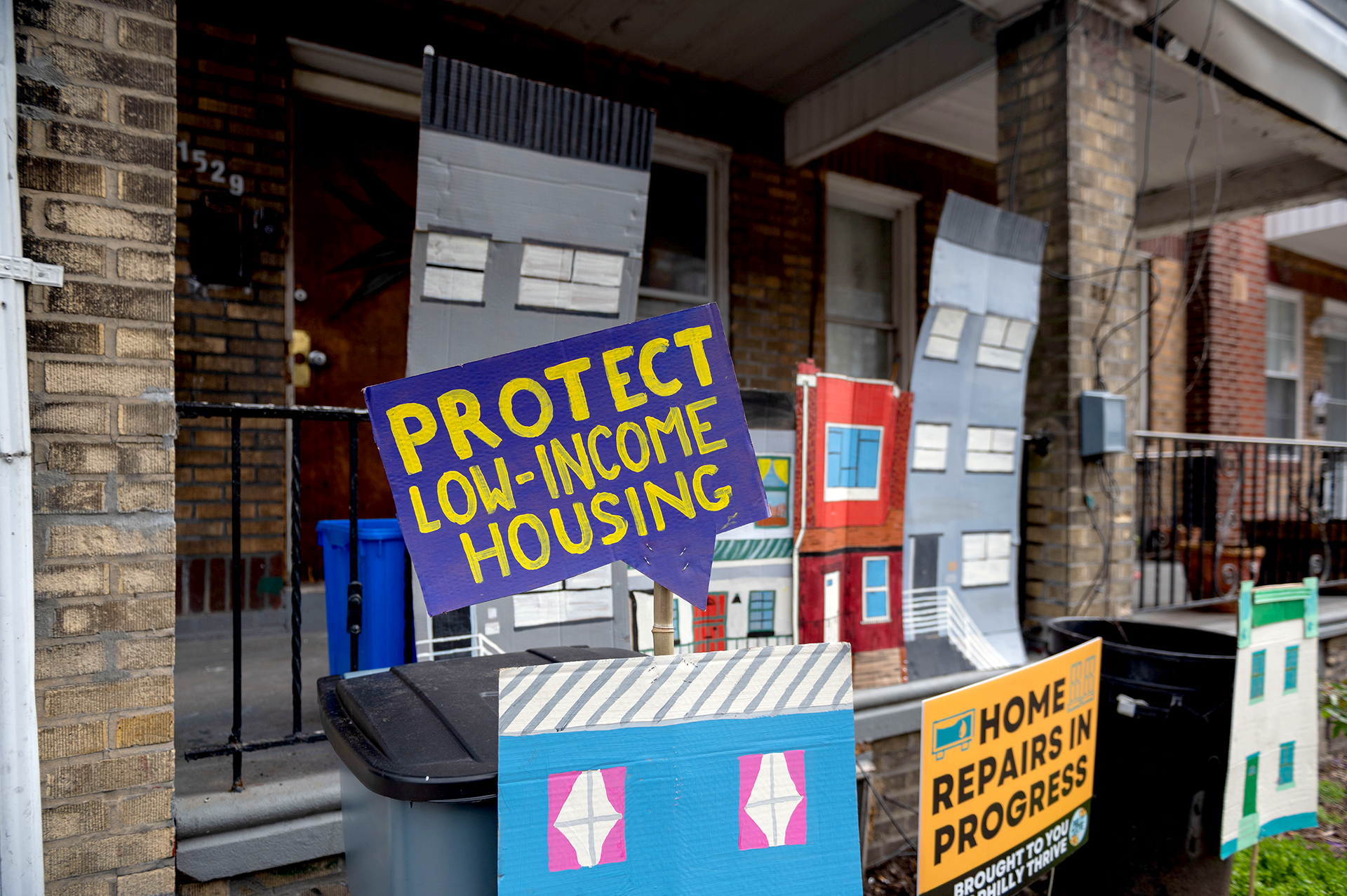
Thrive representatives say that the group is working to fund the program through grants and community benefits agreements. Because the group is considered a Registered Community Organization (RCO) by the City, they often play a deciding role in new zoning and construction. During the zoning process, they can negotiate for benefits to offset the damage caused by developers.
The Russell family home was repaired using money from one of these agreements; Philly Thrive is waiting on additional funds from developers and grant programs to continue the work. In the meantime, they are collaborating with Habitat for Humanity.
Two problems arise for homeowners who are unable to shell out the thousands of dollars needed to fix worn down roofs, plumbing and other common issues. First, the longer they delay repairs, the worse the problems become; second, aging appliances use more energy.
When they can no longer afford to maintain their homes, residents say they are forced to sell to eager developers. If they want to stay in their community, it often means renting from the same landlords that are gentrifying the area.
While programs exist to make retrofitting more affordable, most come in the form of tax credits — money that only reaches homeowners after they’ve paid for renovations. That doesn’t work for those living paycheck to paycheck.
Thrive’s program mirrors a citywide initiative called Built to Last, which pulls together the different programs available to low-income Philadelphians to create a more streamlined and accessible process.
Since its pilot in 2021, the Philadelphia Energy Authority program has served 125 homes and has about 180 more currently in the repair process. As funding and capacity are limited, about 1,300 are on a waitlist, which stands at a few months long, according to officials.
Thrive’s staff see Built to Last as an improvement over the City’s comparatively clunky Basic Systems Repair Program. Under the latter program “It takes a long time for the repairs to happen and folks are rejected without a clear way to appeal,” says Ella Israeli, a public policy fellow at Philly Thrive. “In addition, it faces a challenge of many public programs: if people are even $1 over the income limit, they are ineligible.”
Thrive hopes to fill the gap in part by prioritizing homeowners who are unable to access other programs because of issues like tangled titles, income limits or types of repairs needed.
Despite their frustrations with the program’s barriers to entry, advocates continue to call on elected officials to fund Built to Last because of its environmental justice and climate change impacts.
“You have an organization that aims to turn the tide on global warming and greenhouse gas emissions by helping residents change over to clean energy sources,” Thrive co-director and policy coordinator Shawmar Pitts said at a screening of a documentary about the program. “We’ve got a surplus in our state budget right now, and they told me it was for a rainy day. It’s raining right now. We’ve got to put the pressure on.”
Developers are more likely to tear down old homes and replace them with new construction, which has a higher carbon footprint than making repairs to existing stock.
According to a nationwide study by a group of architects and green building advocates, building reuse almost always offers environmental savings over demolition and new construction over a 75-year lifespan. It also creates more jobs and promotes community resilience.
Retrofitting also means more savings for homeowners in the long run. By improving insulation alone, Pennsylvania homeowners can save between $116 and $530 on utility bills every year.
Residents’ health is also impacted by homes falling into disrepair. According to a report by the American Council for an Energy-Efficient Economy, weatherization programs could reduce asthma, falls and exposure to extreme heat and cold.
This also extends to public health and gun violence. One study conducted by the University of Pennsylvania from 2006 to 2013 found a 21.9% reduction in total crime on blocks where low-income residents received grants to make basic repairs to their homes.
Grays Ferry and Passyunk saw 22 shootings in 2023, according to the Office of the Controller. The statistics became even more real for members of Philly Thrive when two of their own were murdered.
El-Amin Wilkins was a lifelong Grays Ferry resident who cared deeply about youth and housing justice. He was shot in December 2023, less than a block from where Thrive’s first home repairs took place. Edison “Big D” Frazier was passionate about food and dreamed of opening a food truck business and bringing jobs to neighborhood teens. He was shot in Strawberry Mansion in January 2024.
“We know gun violence affects us. It always comes close to home,” Pitts says. “So when we do whole home repairs, it decreases the gun violence. When you invest in a community, it decreases gun violence.”
Antonette Russell finds hope for her neighborhood through Thrive’s program.
“I’m hoping this brings the community back together and everybody tries to get involved in some way, shape or form,” Russell says. “I just want to see them be successful, the neighborhood come together, that’s it.”
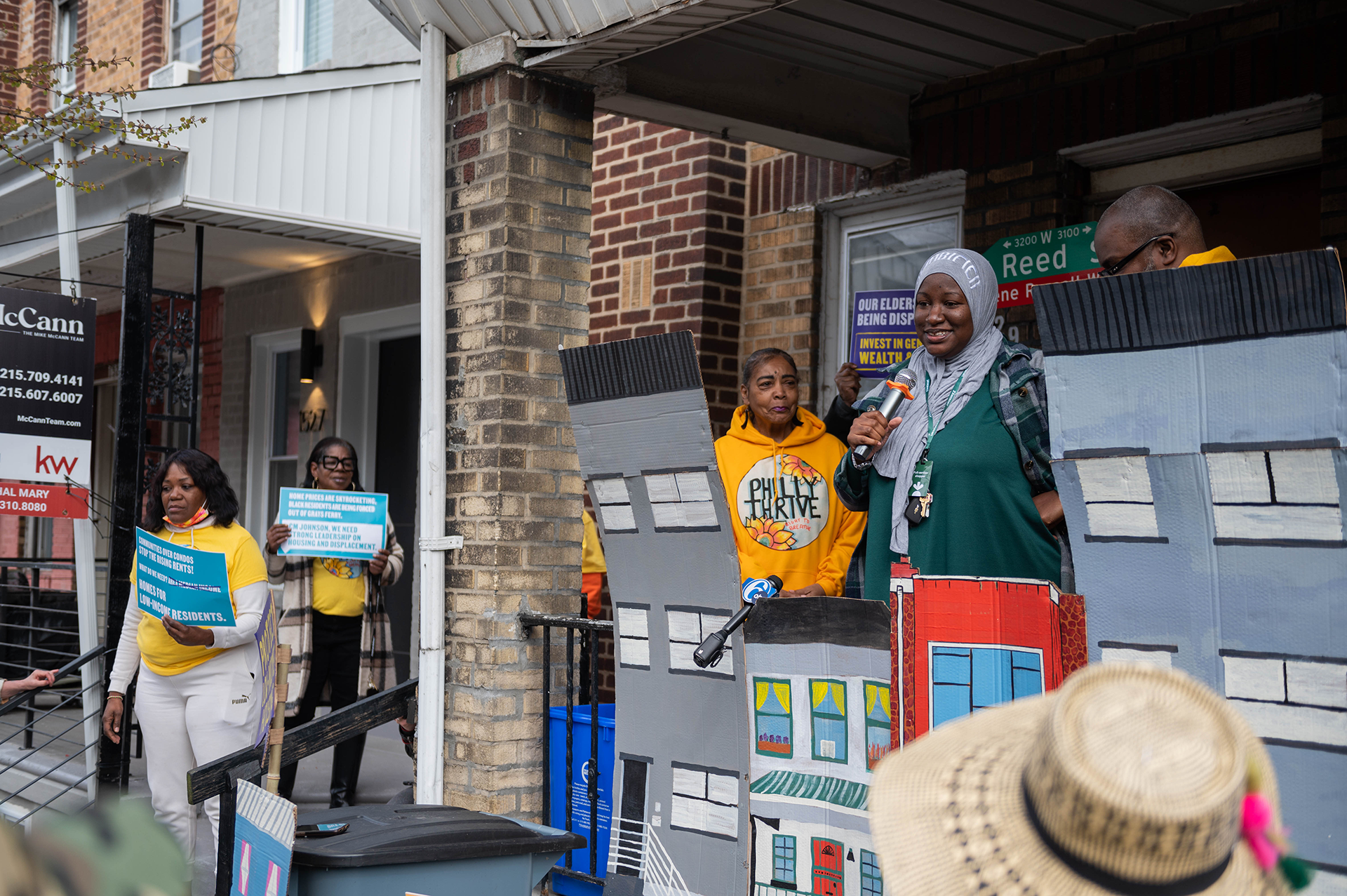


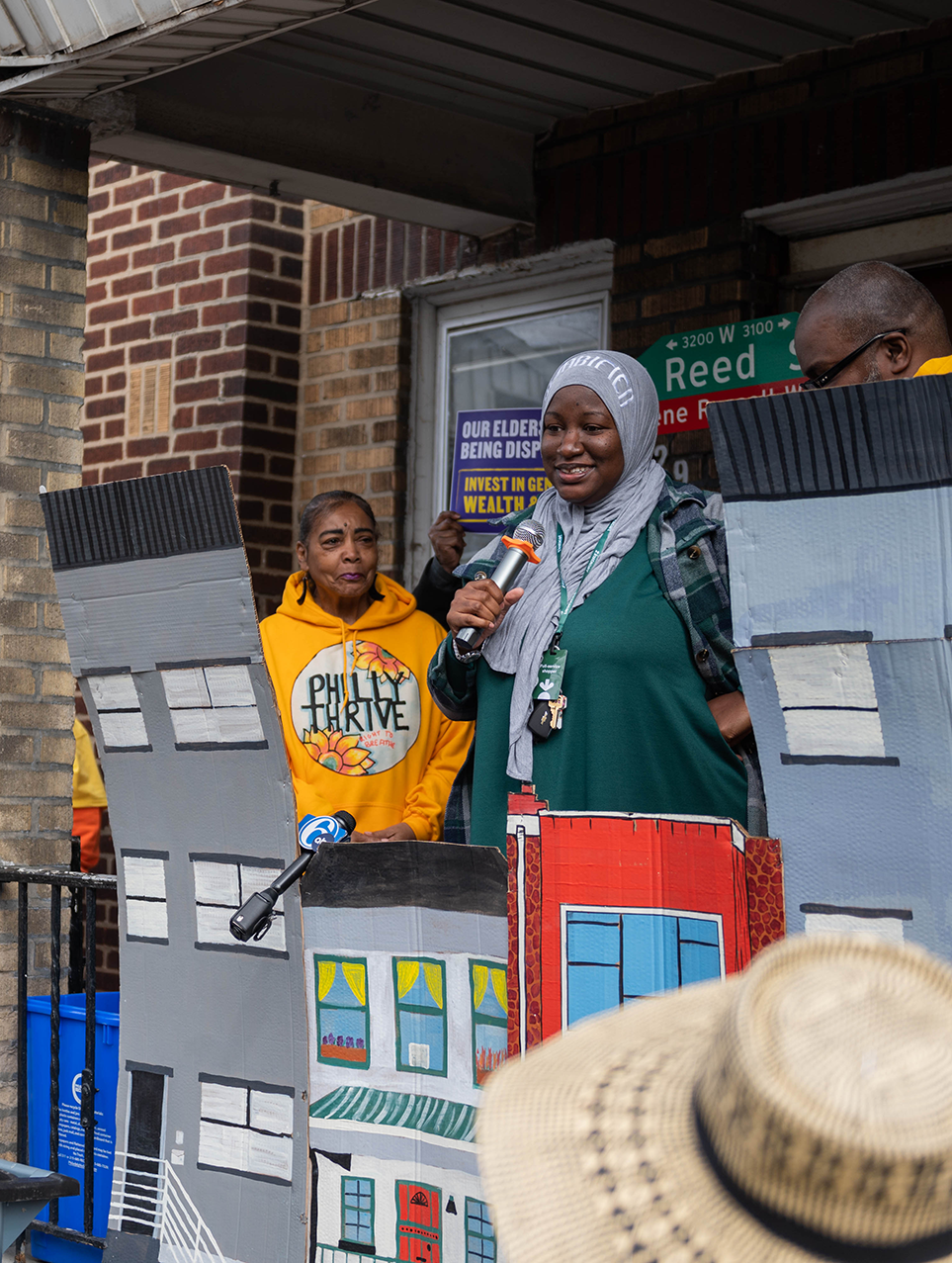



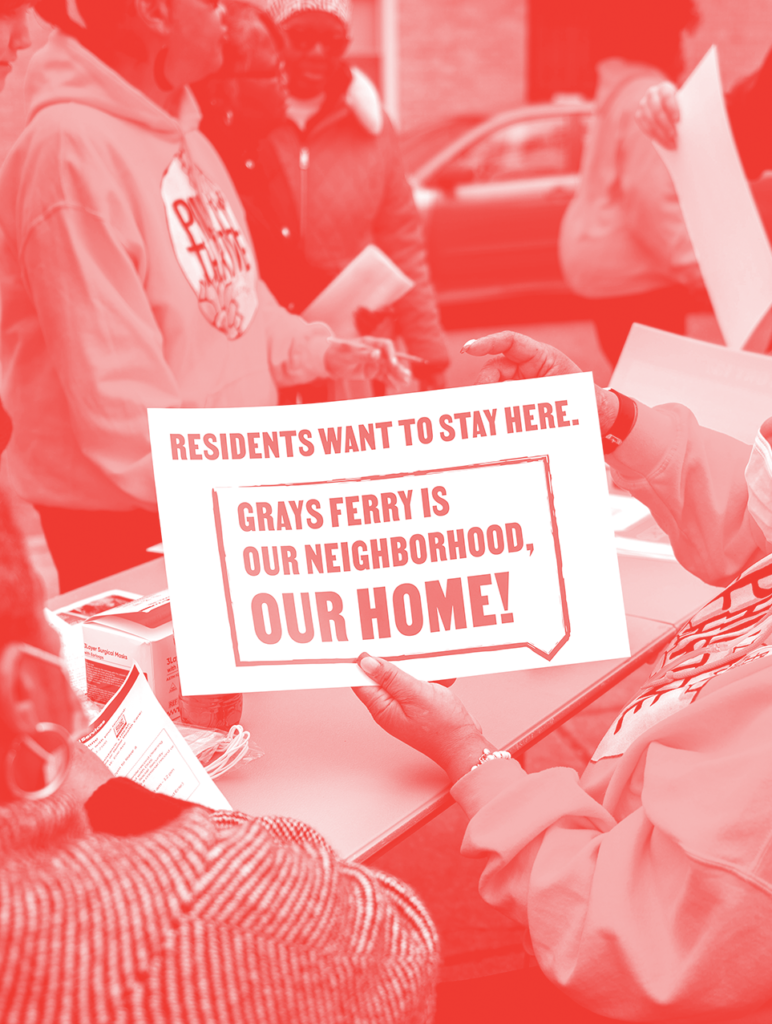
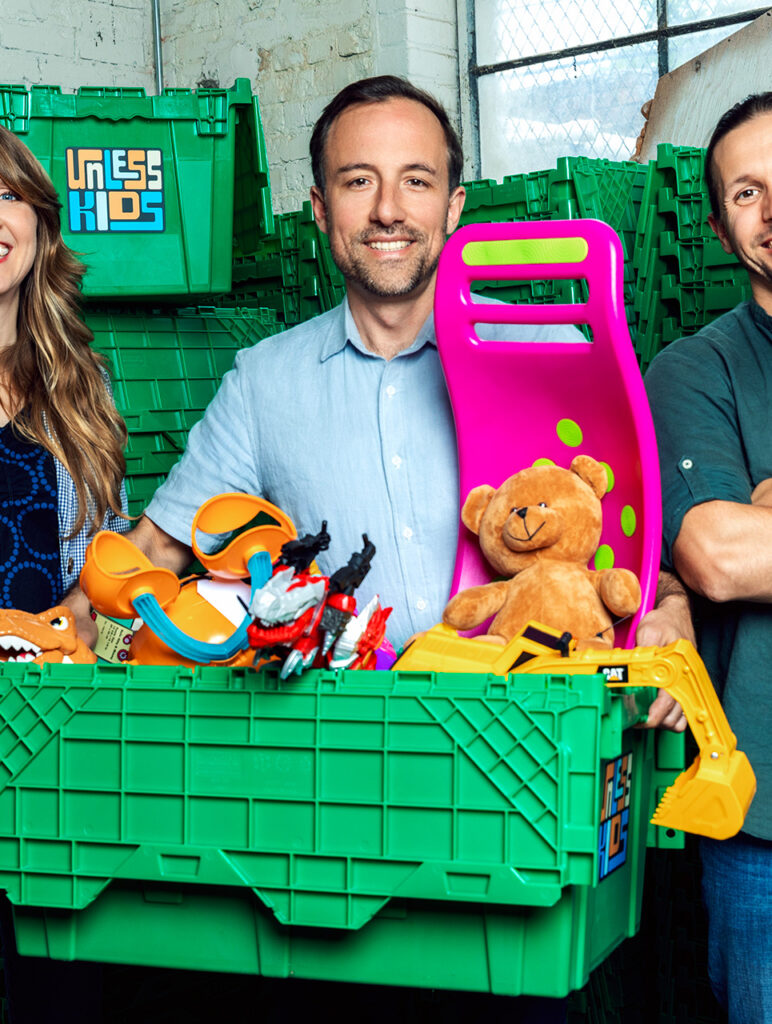
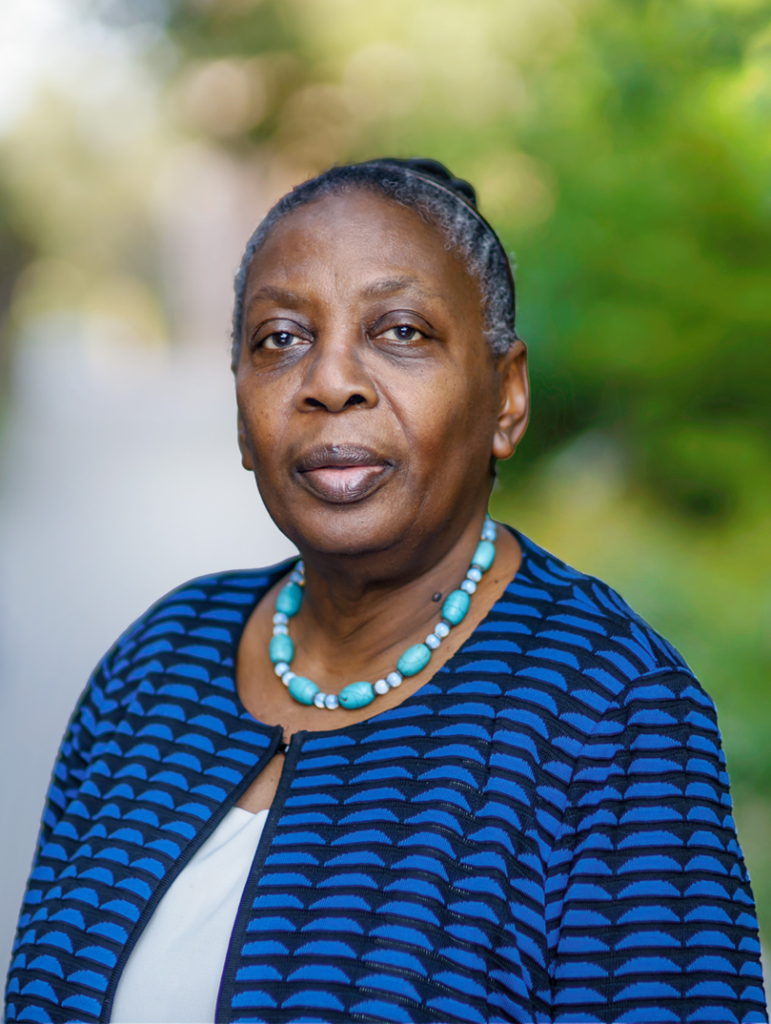
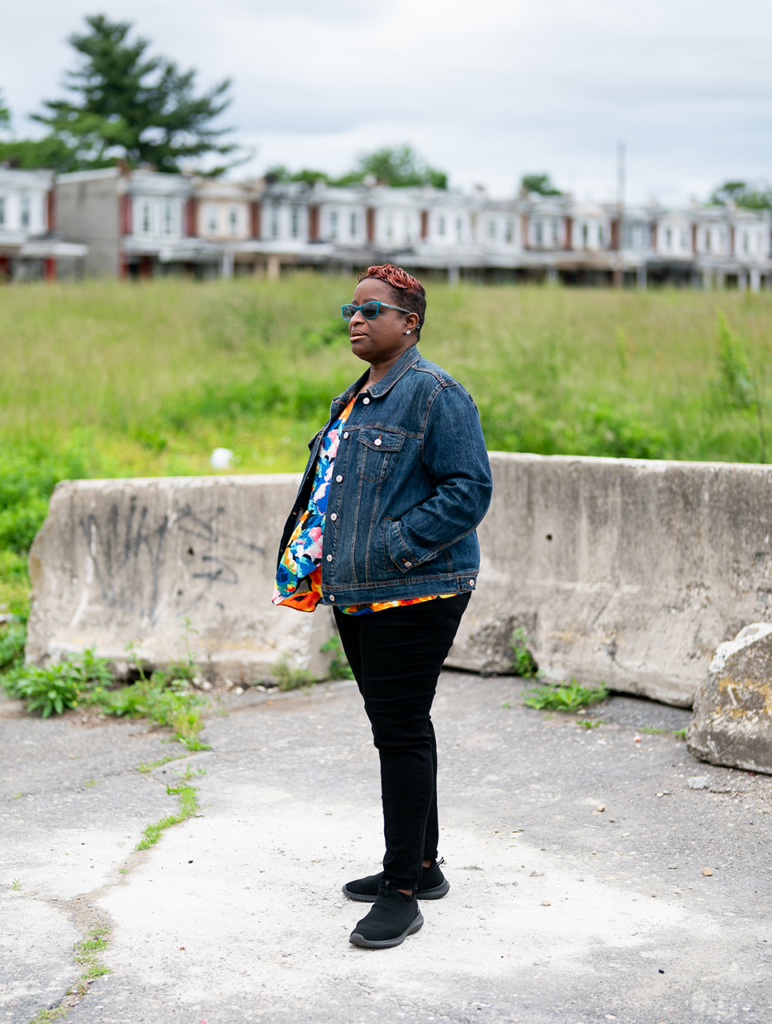
Is this program only for the grays ferry, passyunk area.
I own my home in the West Oak Lane area of the city since 1983. How do I apply to participate in this program?
It looks like you are outside of the area the program serves.